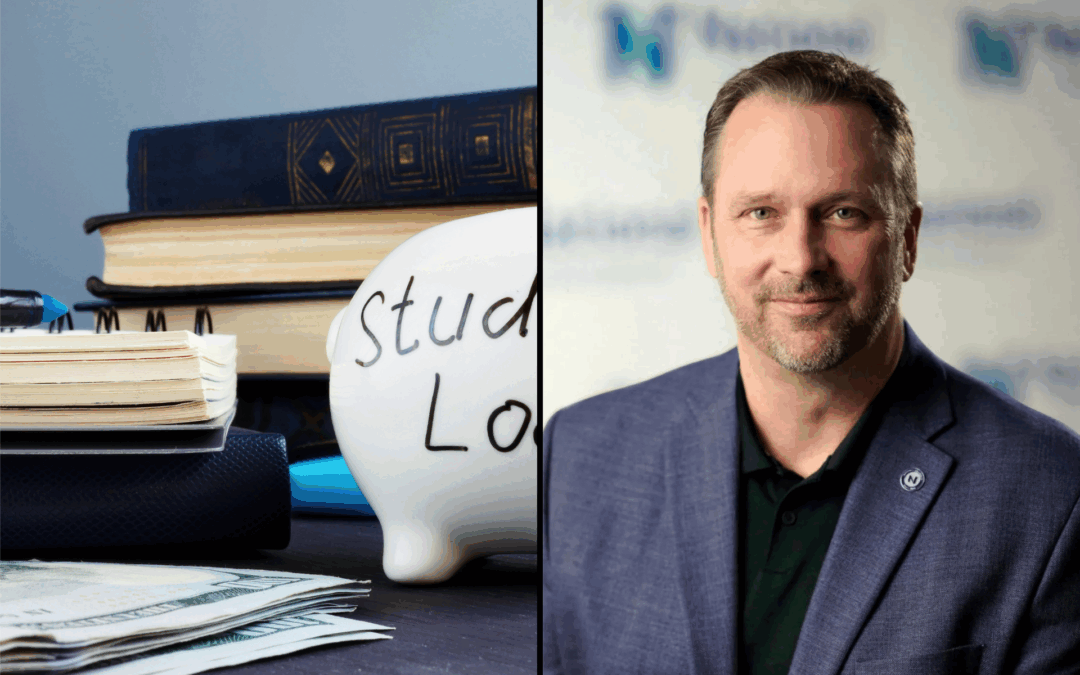By Dr. Mark D. Milliron, President and CEO, National University
It might seem unusual for a university long known for online education to open a physical student support hub in San Diego, but earlier this month, that’s exactly what we did.
Called the Nest, National University’s new co-learning space is modeled after the kinds of flexible, welcoming environments remote workers use every day. It’s a place where students can access academic advising, mental health support, child care services, and career resources—all in one setting. This isn’t about making a contrarian case that the future of distance education lies in physical spaces. It’s about reimagining how we support the growing number of students whose lives make traditional college models all but unworkable. The future of distance learning depends not just on where education happens, but on how well it aligns with the realities of students’ lives.
And those lives are complex. Today’s learners are balancing far more than coursework and summer internships. They’re often working professionals, parents, or both. They’re logging into class during lunch breaks, after bedtime, or on the commute home. They’re older, more racially and economically diverse, and often navigating responsibilities that traditional approaches to higher education were not designed to accommodate. In fact, nearly one in five undergraduates today is a student-parent. Nearly half are working full time. At National, we call these students “ANDers,” because they are learners and workers, students and parents. They’re quickly on track to become the majority in higher education. Yet despite their drive, determination, and growing presence, more than half of adult learners stop out within their first year. Too often, higher education expects these students to mold their lives around traditional education, rather than designing a next-generation education that better fits their lives.
They need coursework, schedules, and student support that are flexible, adaptable, and responsive to the many competing pressures they’re juggling every day. For colleges, that means designing learning environments that optimize accessibility, deliver timely support, and make progress possible without requiring students to pause other parts of their lives that matter just as much as their education.
Institutions can better support ANDers by structuring course schedules in formats that align with working students’ lives. Faculty and staff should engage with learners on their terms, whether asynchronously or outside traditional business hours. Wraparound support like academic coaching, child care services, and career advising should be fully embedded into the student experience—even if that means creating physical touchpoints within an otherwise online model. That is the idea behind the Nest. What we heard from our students–not all, but a big segment–was not that they wanted to come to class. What they were interested in, however, was having the option to come to learning. They wanted a learning home away from home where they would feel a sense of belonging, be able to access just-in-time support, and even take advantage of low- or no-cost childcare services.
The future of accessible education will not be defined by whether learning happens on a campus, at a center, or on a screen. It will be defined by whether universities and colleges thoughtfully design a set of policies, practices, and programs that sync with the real lives of today’s students. ANDers are not outliers. They are a vital part of the future of higher education. A system built to better serve them will make higher education on the whole more responsive and effective for every learner.





Recent Comments